

When it comes to aluminium profiles, there is an almost endless array of shapes, finishes, strengths and applications. And while it may seem like stepping into technical territory, many decisions are just as much about logic, aesthetics or even instinct.
So... how do you choose the right profile for your project? How can you be sure that the one that looks perfect will truly perform against humidity, weight, time and the demands of design?
Here, we explain it all so you can make properly informed decisions. Because the last thing you want is to pick a profile on impulse and regret it once you’re on site.
An aluminium profile is a bar or structure made from aluminium, produced through a process known as extrusion. The aluminium is heated until it becomes malleable (typically between 400ºC and 500ºC) and it is then pushed through a die to the desired shape.
The result is a lightweight, strong, durable and versatile piece that can be made in a range of standard shapes or fully customised.
And this is where things get interesting... because there are as many types of profiles as there are ways to use them. Which is exactly where decision-making starts to get a little more complex.
Aluminium is prized not only for its visual appeal, especially with anodised or lacquered finishes, but also for a combination of properties that make it almost unbeatable in the worlds of construction and design. It is lightweight, making it easy to transport and install; it doesn’t rust like other metals, thanks to a natural protective layer that forms when exposed to air; it offers excellent resistance to weathering and mechanical stress; it is highly recyclable without losing quality; and it is malleable, allowing for the creation of customised shapes with remarkable ease.
It’s worth reviewing the most common profile shapes, as each geometry is designed for a specific function.
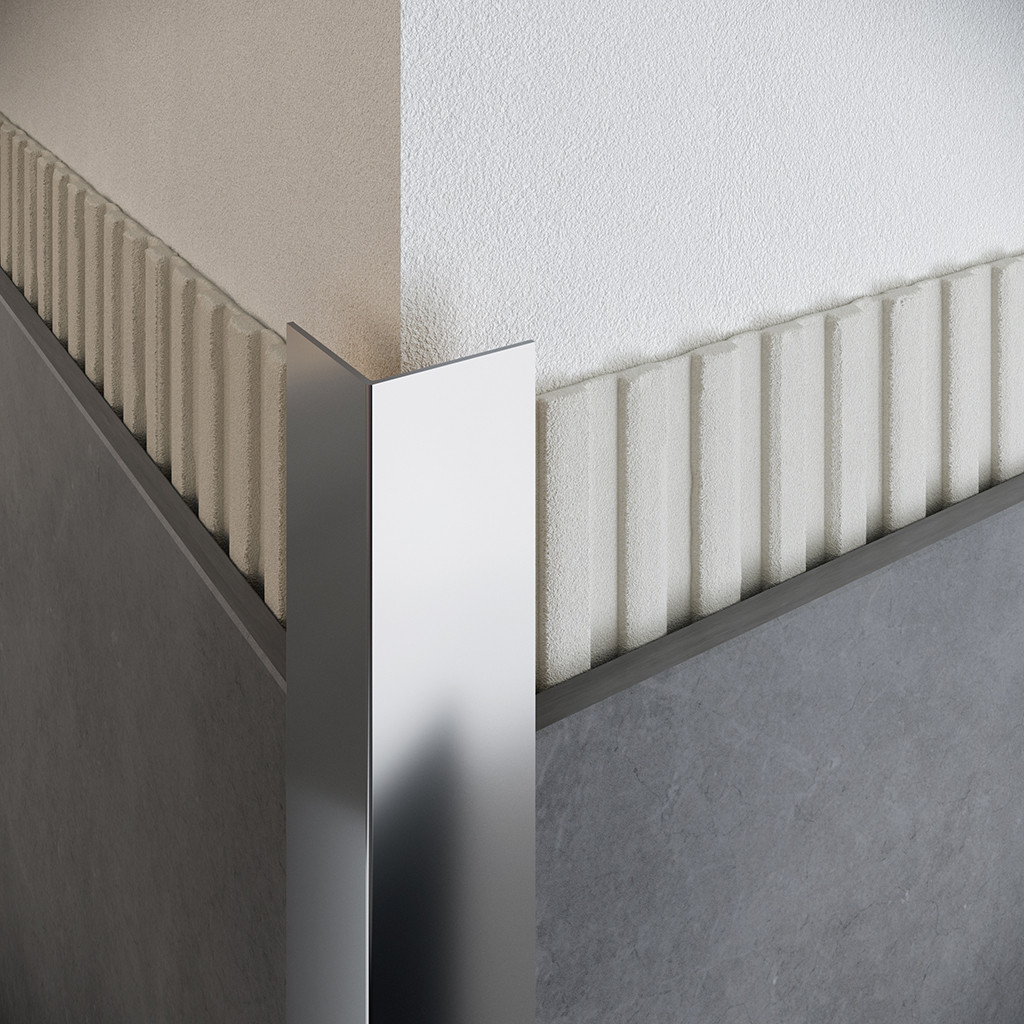
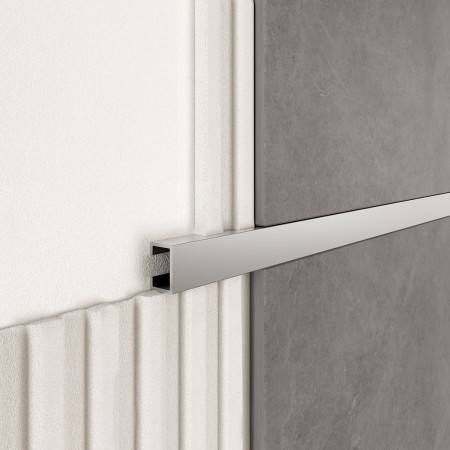
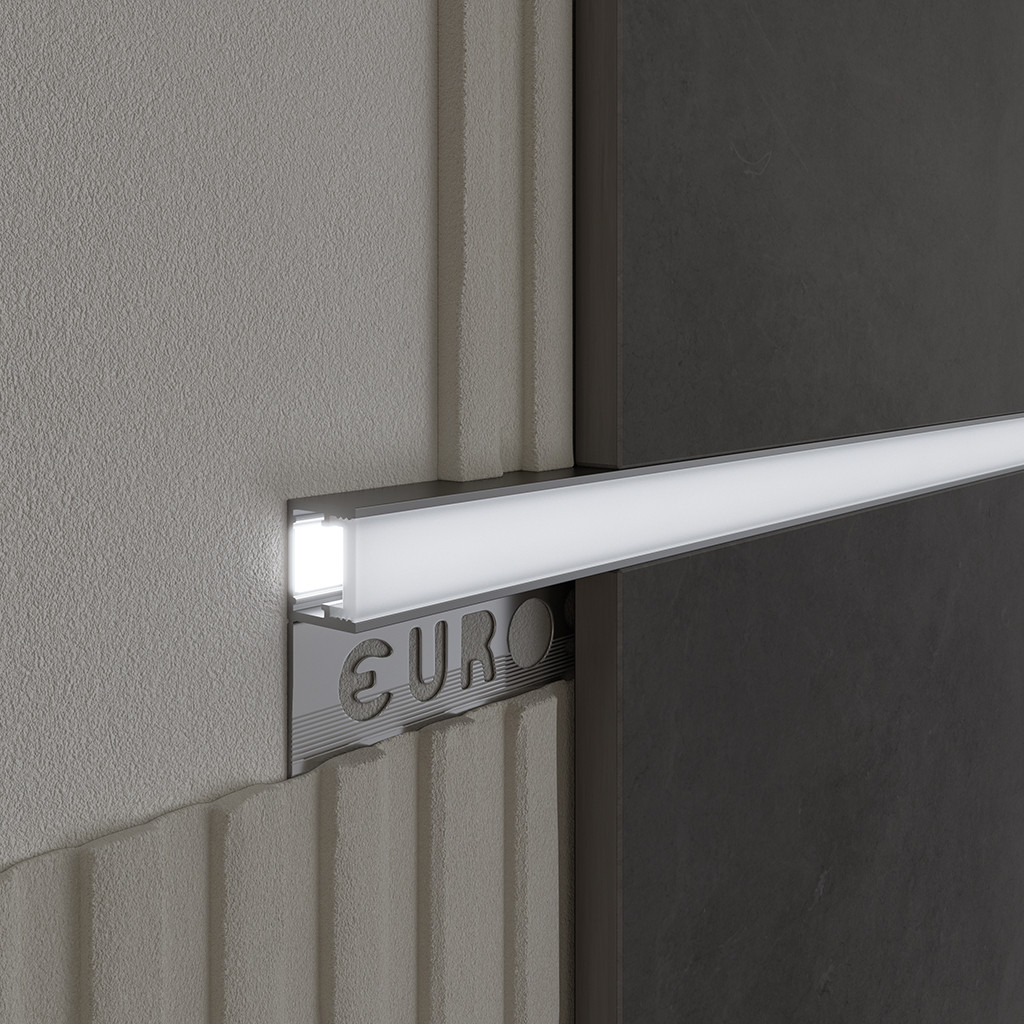
This classification goes beyond shape and focuses on the actual use of each profile. The key is to understand its function within the construction system.
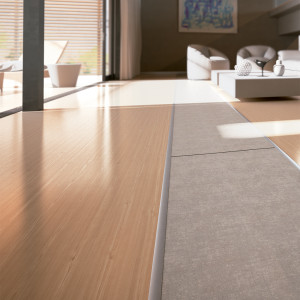
A good catalogue is not measured by how many profiles it contains, but by how many truly deliver when they’re needed.
This aspect is more visual, but no less technical. Because the finish can affect both aesthetics and durability.
Making the right choice does not always mean picking the most expensive or most robust option. Sometimes, the most complex option makes things harder rather than better.
Before deciding, it’s worth asking yourself:
A golden rule: talk to your supplier. Really. Tell them what you need, what problem you’re solving and what you expect from the material. Often, they’ll have a tried-and-tested solution you didn’t even know existed.
Some projects demand made-to-measure profiles... and not just for the sake of it. Sometimes it’s because an expansion joint falls in a tricky spot. Or because the client wants a curve that simply doesn’t exist in the catalogue. Or because the design calls for something slim and discreet.
This is where custom extrusion comes in. Does it sound expensive? Not always. If the volume justifies it, it’s often a very reasonable investment. And in recent years, lead times for custom profiles have dropped dramatically.
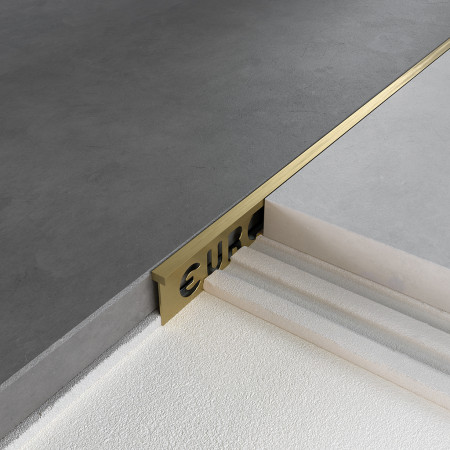
A profile may look simple, but details matter. The thickness directly affects its strength and weight, and can determine whether the profile performs as it should.
Compatibility with other materials is also essential. Some are designed to be integrated with ceramic, wood or glass. Forcing mismatched combinations rarely ends well.
The accessories and fixings are just as important, since a good design is useless if it is not secured properly. And don’t forget the regulations for public works or large-scale projects—technical certificates are a must.
Practical tip: if your client wants to see everything in detail, bring a physical sample. Seeing, touching and testing a profile tells a far richer story than any photo or render. Because an aluminium profile, no matter how much it may seem like just a simple metal bar, can be the difference between a good job… and an impeccable one.
And in this trade, that difference gets noticed, appreciated and remembered.

